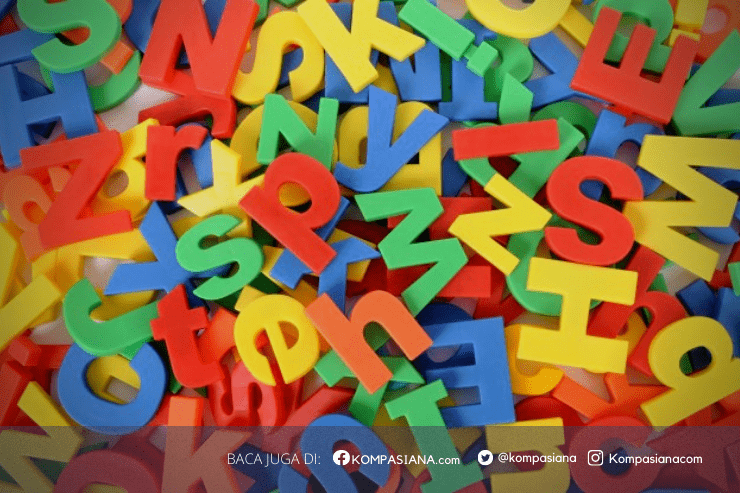Break the sentence into smaller parts or clauses to better grasp its structure and meaning. Then, try to paraphrase it in your mind by using different words and simplifying the sentence while focusing on the key ideas.
Once you've clarified the essential information, examine the four answer choices. Eliminate any options that distort or omit crucial points. Finally, select the sentence that accurately restates the highlighted sentence while maintaining its core meaning, even if it uses a different sentence structure or wording.
The correct answer will likely feature a rephrased structure and use synonyms to convey the same idea, while also trimming away unnecessary details. Incorrect choices often either misinterpret the original sentence or introduce extra information that was not part of the original text.
Factual Information Questions
Factual information questions in the TOEFL reading section focus on specific facts, details, examples, and definitions that are typically found within a single paragraph or a few sentences of the text. To answer these questions correctly, two important strategies are essential: scanning for relevant information and recognizing paraphrases. To begin, identify key words from the question that will help direct you to the right part of the passage.
Use these words or their synonyms to scan the specified paragraph quickly. Once you locate the key information, read the sentence that contains it, along with any surrounding context if necessary.
Then, compare the information you've found with the answer choices. Eliminate choices that are clearly incorrect or irrelevant, and select the answer that most accurately paraphrases or restates the details from the passage. Factual information questions are one of the most frequent question types in the TOEFL reading section.
The answers to these questions are typically paraphrased versions of details that are directly stated in the passage. The question usually specifies the paragraph or section where the information is located, and the questions tend to follow the order of the text. While the answer is often found within one or two sentences, you may sometimes need to read a larger portion of the paragraph to get the full context.
Incorrect answers often repeat words from the passage without correctly answering the question, introduce information not mentioned in the text, contradict the facts in the passage, or fail to provide the complete answer. To succeed, focus on finding the exact information in the passage and ensuring that the answer choice accurately reflects the meaning of the text.
Inference Questions







